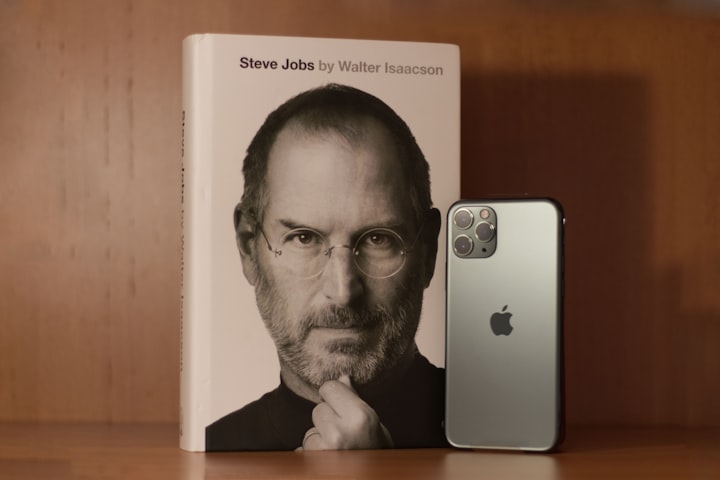How Did Steve Jobs Invent The iPhone?
Discover The Revolution Born of Sacrifice and Innovation
In the history of technological innovation, few products have left as indelible a mark on society as the iPhone. Launched in 2007, Apple's iconic smartphone redefined the way we communicate, work, and interact with technology. But the road to the iPhone's creation was far from smooth, marked by daunting challenges, relentless innovation, and personal sacrifices. This is the untold story of how the iPhone came to be - a tale of perseverance, ingenuity, and the transformative power of human ingenuity.
The origins of the iPhone can be traced back to FingerWorks, a small company founded by Wayne Westerman in 1998. FingerWorks specialized in capacitive multi-touch technology, a groundbreaking approach to touch interaction that would later become the cornerstone of the iPhone's user interface. Apple recognized the potential of this technology and acquired FingerWorks in 2005, bringing Westerman and his team into the fold.
At Apple, the idea of a touchscreen phone initially faced skepticism, even from the company's visionary co-founder, Steve Jobs. However, a group of engineers and designers within Apple's ranks saw the potential of multi-touch interaction to revolutionize human-computer interaction. While Tony Fadell's team explored integrating Wi-Fi into the iPod, Scott Forstall's team embarked on developing a touchscreen interface based on a scaled-down version of Mac OS.
The project encountered numerous hurdles along the way. From developing custom chips to perfecting the touchscreen keyboard, Apple's engineers faced daunting technical challenges. The pressure to deliver a groundbreaking product took a toll on the team, with employees working around the clock, sacrificing weekends and personal time to meet ambitious deadlines. Some paid a heavy price, with marriages ending and health suffering under the weight of the project's demands.
Despite internal conflicts and setbacks, the team pressed on, driven by Jobs' unwavering vision of creating a revolutionary device. The result was the iPhone, unveiled to the world in 2007. With its intuitive interface, sleek design, and groundbreaking features like multi-touch gestures and the App Store, the iPhone captivated the public imagination and ushered in a new era of mobile computing.
However, the journey didn't end with the iPhone's launch. The introduction of the App Store in 2008 transformed the iPhone into a platform for innovation, unleashing a wave of creativity as developers flocked to create new and innovative applications. The iPhone became not just a phone, but a portable computer that could fit in your pocket, with limitless possibilities for customization and personalization.
Over the years, the iPhone has continued to evolve, with each new iteration pushing the boundaries of innovation further. From the introduction of Face ID and augmented reality to the development of more powerful processors and cameras, Apple has continued to refine and improve the iPhone, staying ahead of the competition and setting the standard for the industry.
Yet, as competition in the smartphone market has intensified, Apple faces new challenges in maintaining its position as a leader in innovation. Rivals like Samsung, Google, and Huawei have emerged as formidable competitors, challenging Apple's dominance with their own innovative features and designs. In this rapidly evolving landscape, Apple must continue to innovate and push the boundaries of what's possible with mobile technology.
As we reflect on the legacy of the iPhone, it's important to remember the sacrifices and dedication of the individuals whose hard work and creativity made it all possible. From the engineers and designers who toiled behind the scenes to the visionary leadership of Steve Jobs, the story of the iPhone is a testament to the power of human ingenuity and the relentless pursuit of excellence.
In the end, the iPhone is more than just a smartphone - it's a symbol of human progress and innovation, a testament to what can be achieved when we dare to dream big and work together to make those dreams a reality. And as we look to the future, we can only wonder what new innovations and breakthroughs lie ahead, waiting to shape the world of tomorrow.






Comments
There are no comments for this story
Be the first to respond and start the conversation.